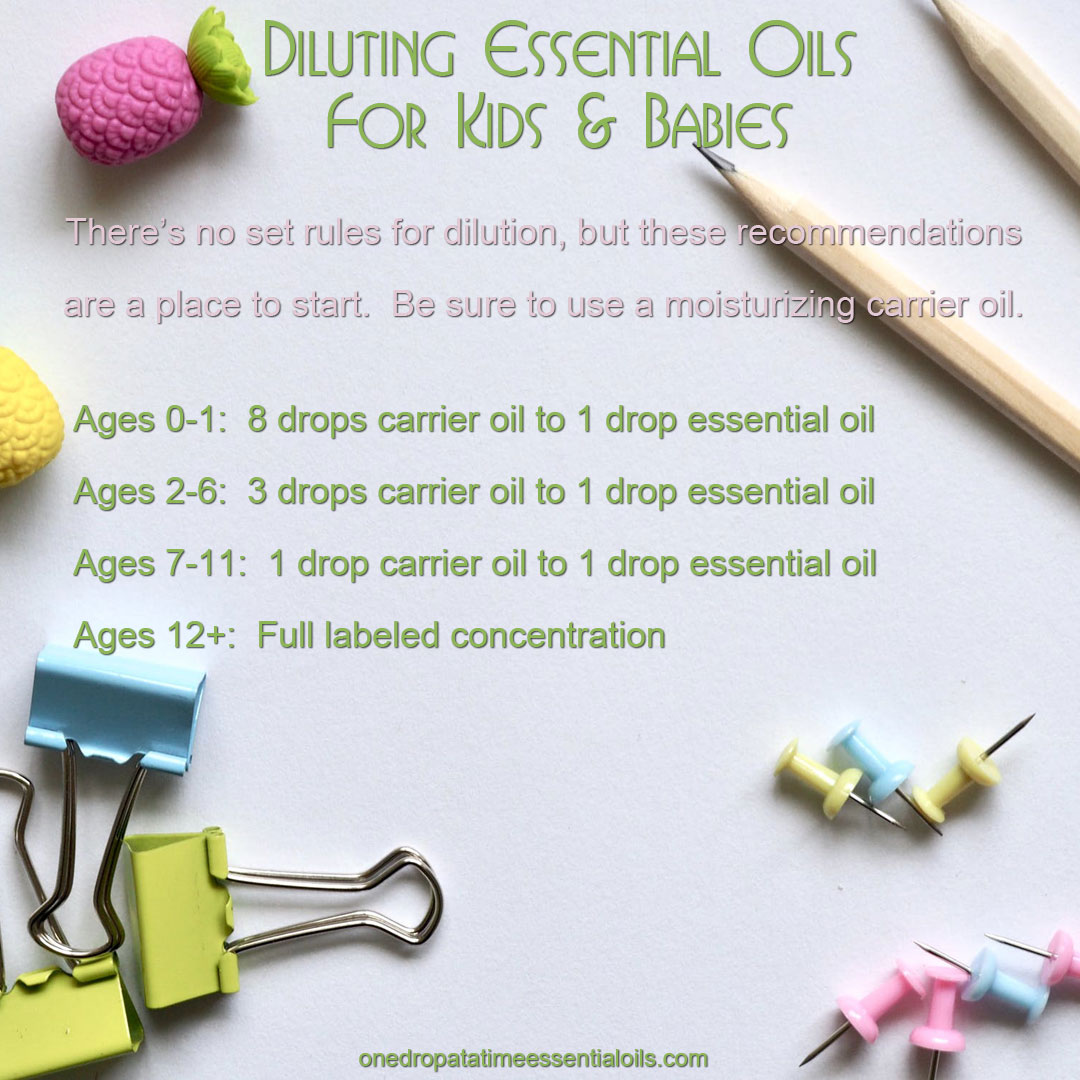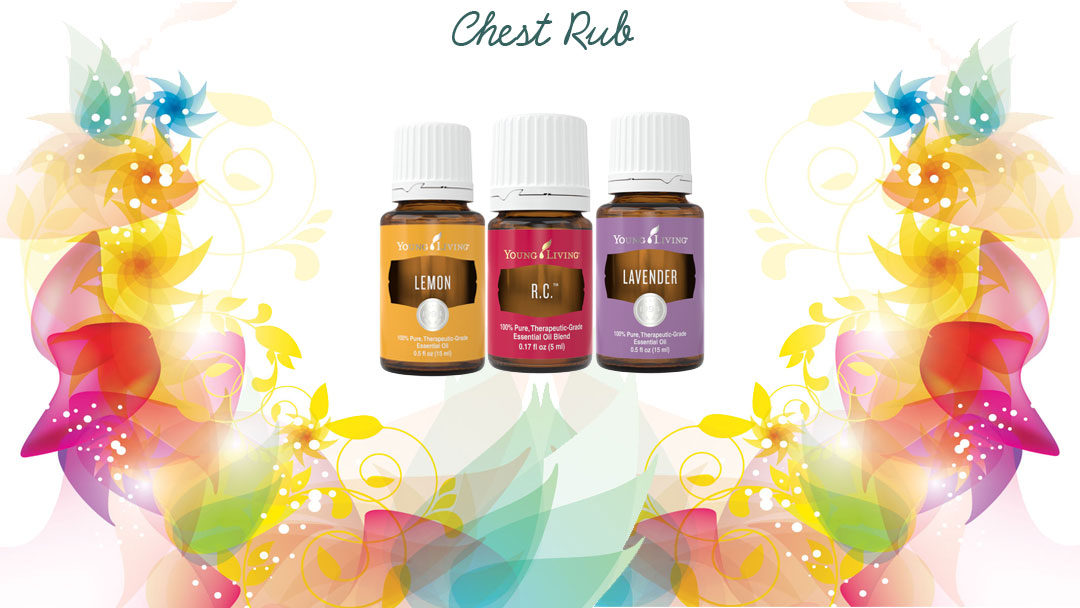
It’s that time of year where people are having congestion from sinuses, colds, flu, and pneumonia. This congestion can be in the head, the chest or both. I’ll never forget when I took my son to the doctor when he was about 6 months old with head congestion. He was so stopped up and miserable. I remember the doctor walking in and asking me what the trouble was. Being a new mom, I didn’t want to be nasty about what I said, so I said “His nose is so stopped up with gunk”. The doctor turned and looked at me and said, “Call it what it is! He has a nose full of “snot”!” I realized then I could be extremely blunt with doctors. I grew up using the old fashioned “vapor rub” that my parents would slather all over my chest and up my nose. My husband tells me I became “addicted” to it. 🙂 Now I’ve learned how to replace the store bought vapor rub with something even better, “essential oil vapor rub”!
What is congestion?
Whether it’s chest congestion or head congestion, it’s all snot (mucus) and it’s a natural thing the body uses to trap pathogens and force them out of the body. The Society for General Microbiology explains it as:
“The respiratory system – the nose and passageways leading to the lungs – is lined with cells that produce sticky fluid called mucus that traps invading microbes and dust. Tiny hairs called cilia move in a wave-like motion and waft the microbes and dust particles up to the throat, where they are either coughed or sneezed out or swallowed and then passed out of the body.”
This is why I don’t like to use over the counter decongestants, the mucus has a job to do and I want to assist my body in it’s process. Essential oils not only assist the body with extracting the mucus, they can also assist in soothing the throat and reduce inflammation, from all the coughing that is done while trying to extract the mucus. The US National Library of Medicine National Institute of Health published a great article on the treatment of upper respiratory tract infections you might want to read.
How to use Essential Oils for a Cough
This is a list of ways we use essential oils to help ease coughing:
- My favorite way is to use blank nasal inhalers and I add my essential oils to it. There’s 4 pieces to each nasal inhaler: (1) the outside “solid” tube, (2) the inside tube with a hole in the tip, (3) the cotton insert, and (4) the cap. I screw the “outside solid tube” onto the “inside tube” and place the cotton insert into the “inside tube”. I put the cotton insert into the tube, put no more than a total of 12-15 drops on cotton insert and put the cap on it. To use it, unscrew the “outside” tube, place the inhaler to each nostril and inhale deeply. When you do this on both nostrils, screw the outside tube back on it and place it in a place that is not susceptible to heat. I carry them in my pants pocket and my purse. I just don’t leave them in the car during extreme heat. When you get to where you don’t smell much of the oils, just take the cap off and refill.
- Place the essential oils in a diffuser for inhaling. I keep a diffuser beside our bed and in each room of the house.
- Take a cotton ball, drop the essential oils on it, put the cotton ball to your nose and inhale.
- Place the essential oils in the palm of your hand, rub your hands together, cup your hands over your nose and inhale.
- Take a 10 ml roller bottle, put the essential oils in it, fill with Carrier Oil of your choice and roll it on your chest and throat.
NOTE: If you are using essential oils on a child, please refer the the dilution chart below!
Essential Oils You Can Use To Assist With A Cough and Congestion
Below is a list of essential oils you can use to assist with your head/chest congestion and for a cough.
- Geranium Essential Oil – supports the circulatory and nervous systems
- Tea Tree Essential Oil – supports a healthy respiratory system
- Eucalyptus Essential Oil – supports a healthy respiratory system and helps soothe sore muscles
- Rosemary Essential Oil – supports a healthy respiratory system
- Peppermint Essential Oil – supports a an itchy throat, breathing, and helps as an expectorant
- Nutmeg Essential Oil – supports the respiratory system in helping as an expectorant for loosening secretions, mucus and coughing
- Lavender Essential Oil – supports the respiratory system by helping to suppress coughs
- Oregano Essential Oil – supports the respiratory system in alleviating coughs and helps retards bacterial and viral growth
- Cypress Essential Oil – supports the respiratory system in alleviating coughs
- Cinnamon Bark Essential Oil – supports the respiratory system by inhibiting the growth of bacteria and other pathogens and helps in relieving congestion in the respiratory tract
- Lemon Essential Oil – supports a healthy circulatory system
DIY Cough Rub Recipe
2 oz glass jar with a lid
1/4 cup of beeswax (I like the pellets, they melt faster and are less messy) or shea butter
1/4 cup of coconut oil
20 drops Eucalyptus Globulus Essential Oil
5 drops Cypress Essential Oil
5 drops Tea Tree Essential Oil
5 drops Lavender Essential Oil
5 drops Lemon Essential Oil
5 drops Peppermint Essential Oil
Put the coconut oil and beeswax (or shea butter) in a double boiler (or place a glass or stainless steel bowl in a pan of boiling water) until they are fully melted. Use a metal spoon to whisk the melted oils for several minutes. Add all the essential oils to the melted oils and whip the mixture for about 60 seconds. Scoop out the mixture into your 2 oz glass jars. Store in a cool, dark place. When needed, rub the cough rub on your neck and chest ever 3 hours or so until you feel better.
NOTE: If you are using essential oils on a child, please refer the the dilution chart below!

This post may contain paid and/or affiliate links. Please see our privacy policy and terms of service for further information. Also, please read our medical disclaimer pertaining to this post.








